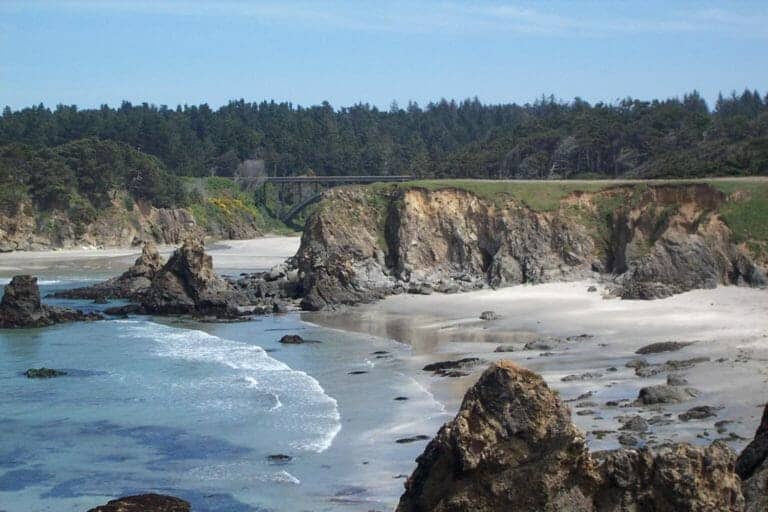Photo credit: Dr. Krista Kamer
Plastic, metal, rubber and paper are some of the materials that pollute the world’s oceans, often in the form of soda cans, cigarette butts, plastic bags and bottles, and fishing gear. Environmental and marine science specialists call it "marine debris," which, simply put, means anything in the ocean that wasn’t put there by nature. Recently, though, a new type of trash — microplastics — has become a focus for marine researchers, and they fear the impact of this type of debris may be especially dire.
Microplastics are particularly problematic for the planet’s seas since they’re a lot harder to see with the naked eye. Measuring less than five millimeters and often requiring magnifying technology to view, these are particles of broken-down plastic fibers that end up in the ocean. Marine life can easily ingest the particles or mistake them for food. Sean Anderson, Ph.D., an associate professor of environmental science and resource management at California State University, Channel Islands, leads research on the effects of marine debris on California’s ocean fauna and flora. "Marine debris is everywhere; it’s on the surface of the ocean, it’s on our beaches, and its presence is increasing," he explains. "We’re seeing more [ marine debris ] in […]
Full article: Why microplastic debris may be the next big threat to our seas
More about microplastics:
Humans, fish and other animals are consuming microfibers in food and water
Microplastics found in more than 90% of bottled water, study says
Proving Terrible For the Marine Life: Microplastics
Microplastic contamination: Plastic fibres found in tap water around the world

